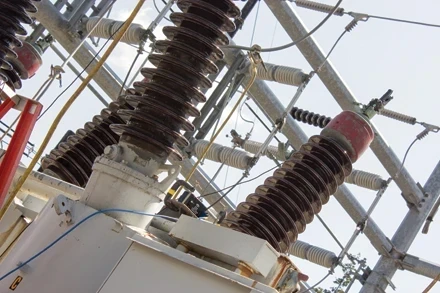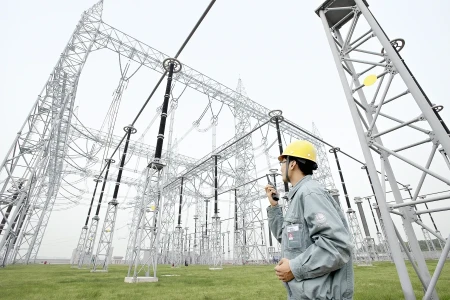Properly Grounded Substations

Adequate utility grounding improves power quality, but more importantly, it is essential for worker safety as well as public protection. Design is critical in maintaining a safe equipotential environment all around the substation.
Construction is important to accommodate fault currents without leaving the substation with dangerous potential gradients.
A tester must establish a sufficiently low resistance to remote earth so that operation remains within safe parameters. Similarly, safe step and touch potentials must be established for the protection of workers and public during fault conditions. Step potential is the distance between a person’s feet and touch potential is the voltage between the energized object and feet of the person.
ELECTRICAL PROPERTIES OF SOIL
Undoubtedly, grounding begins with the earth itself; that is to say, the electrical properties of soil and its ability to carry return current and disseminate fault currents. This property is known as resistivity.
Soil structure and composition have profound effects on resistivity, covering an enormous range from hundreds to approximately a million ohm-centimeters (the standard unit of measurement). Superimposed on resistivity are local conditions, such as weather and moisture content, that can create substantial fluctuations around the calendar.









